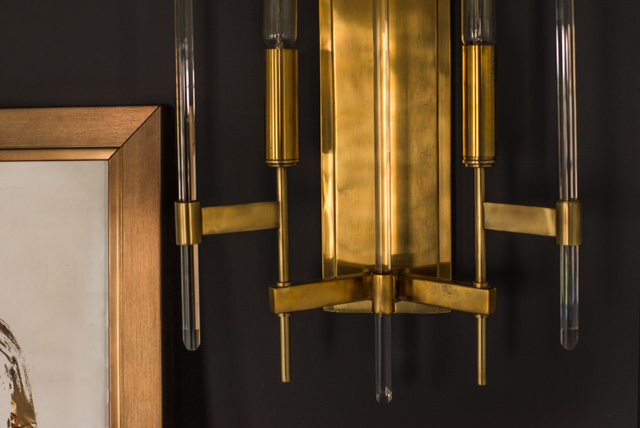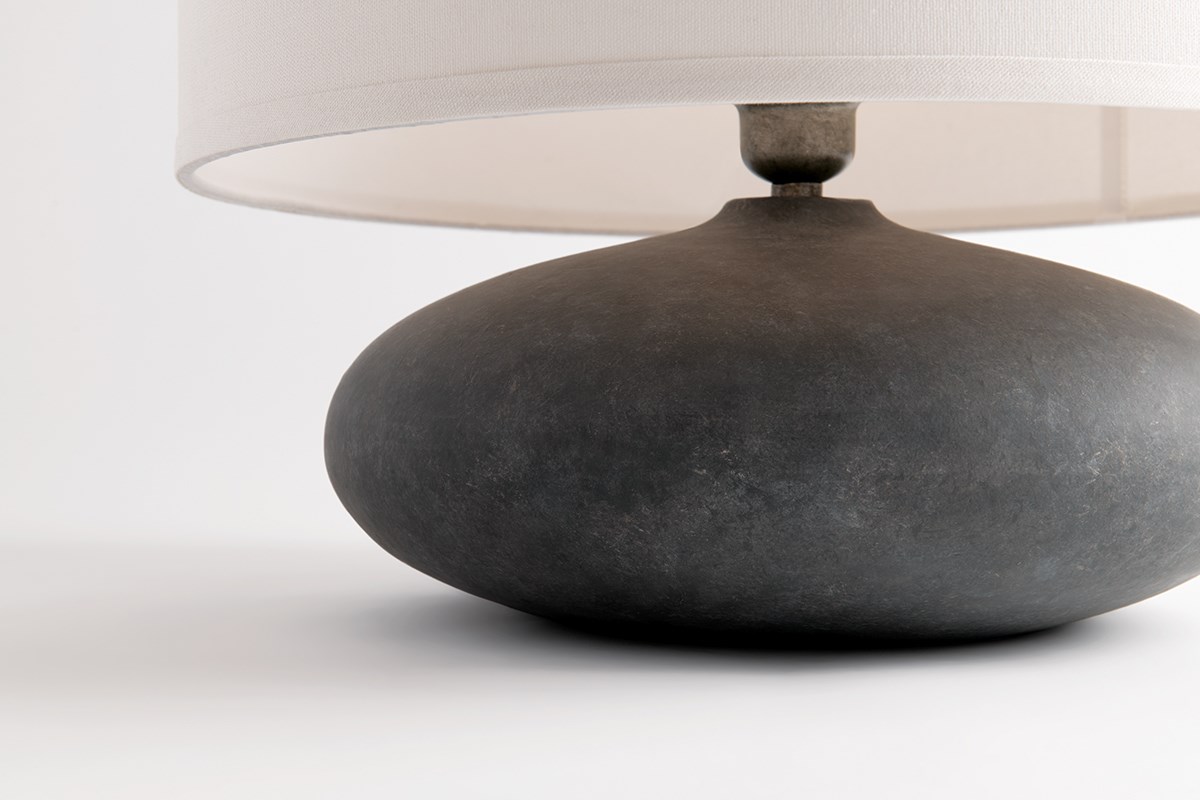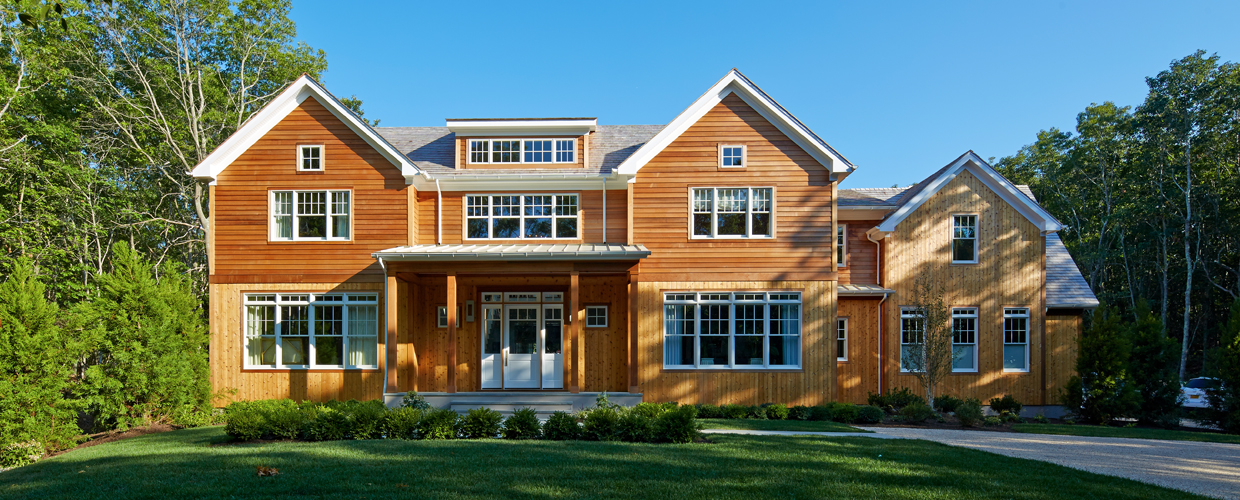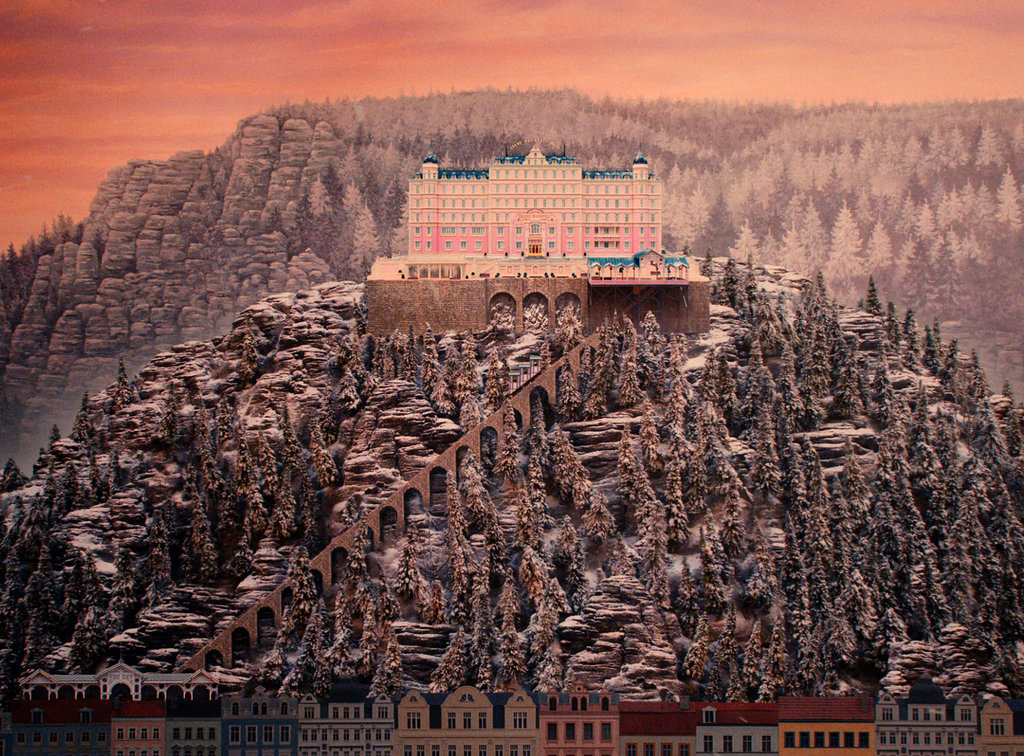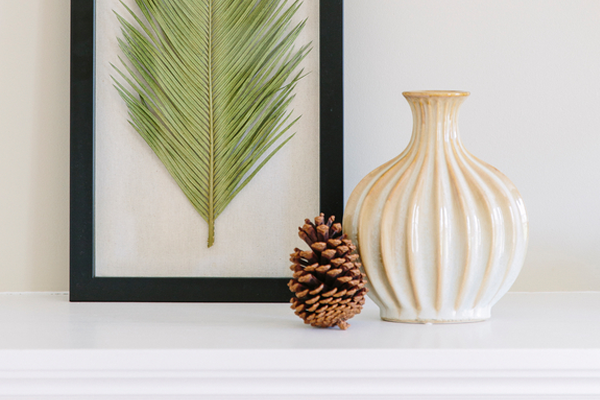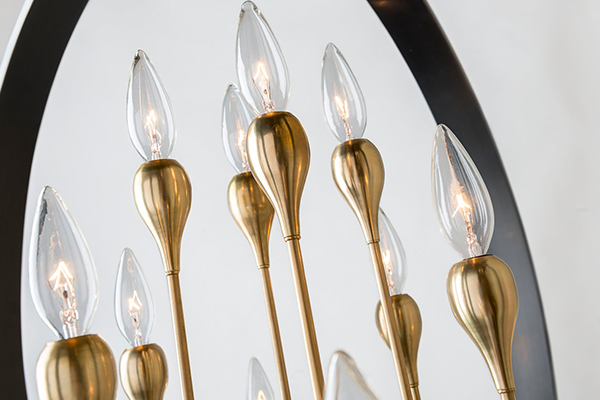Our fixtures are made of a variety of metals, usually paired with another substance, such as glass, crystal, rock crystal, acrylic, marble, or Spanish alabaster.
Each metal is coated and worked by hand in a finish made by another melted metal.
This means a fixture made of brass might actually be finished in layers of nickel or bronze, then sealed with a topcoat to ensure it looks the same as the day you bought it years from now.

Our Fleming in Aged Brass, as used in a recent project by Creekwood Hill | Photo by Tem Photography.
Our Aged Brass finish has become particularly in demand with the brass's comeback in contemporary tastes. We love our Aged Brass finish and we offer most of our new fixtures in it. There is something important to know if you are considering purchasing one of our fixtures in this beautiful finish.
Aged Brass is unique in our range of finishes. It is the only one that is considered “living.”
A "living finish" is one that lacks the topcoat which protects a piece from the influence of its environment. It’s allowed to breathe. This topcoat on all of the other finishes means they stay exactly the same as when they leave the factory. The light you unpack is the same fixture you will always have.
Aged Brass differs from bright and gleaming Polished Brass in that it arrives already looking aged as an aesthetic choice. But it is only at the beginning of an aging journey. Some people value the unique character that is a result of this "living" finish. Others, however, want things to stay unchanged through time, and this finish may not be for those people.

Our new Boone wall sconce, combining marble and metal finished in Aged Brass
A living finish allows the piece to assume a unique character as time goes on. For those who favor the look of aged things, this is perfect. Already possessing a contrast between dark and bright in its brushed, extensively worked finish, the Hudson Valley Lighting piece in Aged Brass will continue to amass darkening along its ridges and lines, enhancing its patina and imbuing it with an authentic sense of history as time goes on.
This subtle and gradual change is due to a natural process called oxidation. How this process plays out depends on the environment. For example, a fixture used in a kitchen or bath where steam and other environmental factors will be common may go through a different oxidation process from one mounted in a living room, study, bedroom, or entryway.
For more about brass, read about the brass-and-black-and-white trend here, or the art of mixing metals in a space here.
Or, explore everything we have in Aged Brass here.
Featured image is of our Bari sconce in Aged Brass in a room by Nina Seed Interiors.


